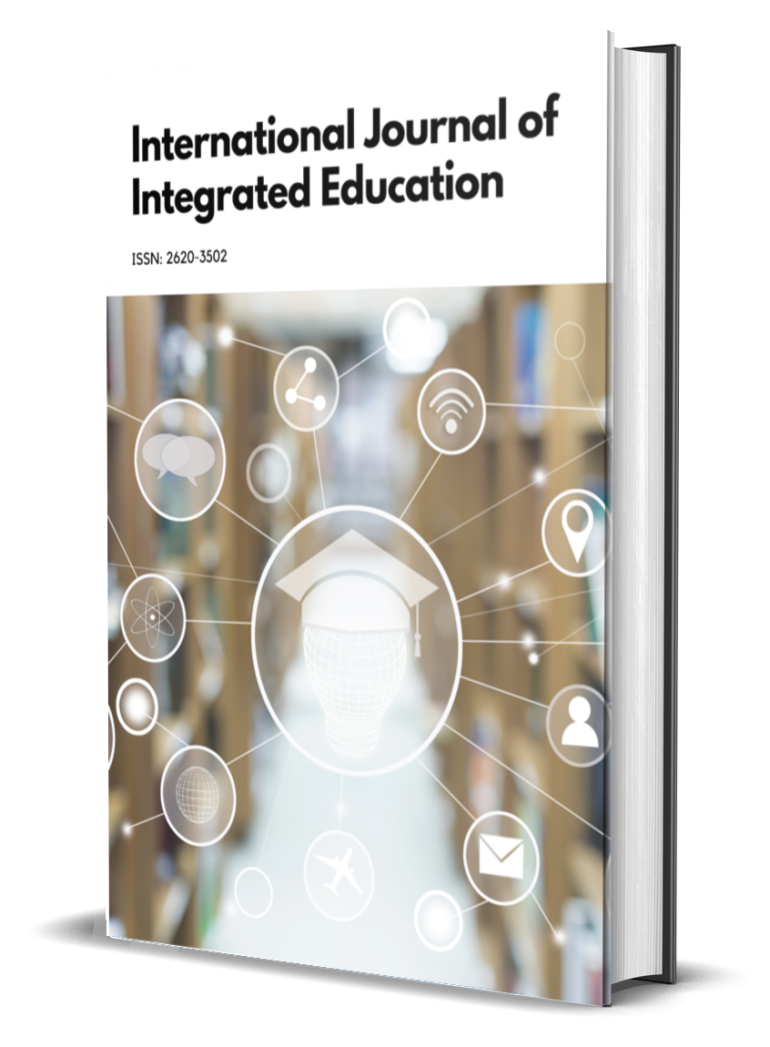Method of disinfection of an Echinococcal Cyst
Abstract
In order to increase the aparasiticity of echinococcectomy, to reduce the risk of contact spread of embryos within the operating field, we have developed a "Method for antiparasitic treatment of the echinococcal cyst cavity in an uncomplicated variant of the course of the disease" (Patent for the image No. IAP 2010 0420 dated 08/29/2010), which is distinguished by the fact that cyst puncture is performed and aspiration of its contents, followed by the introduction into the cavity of the chitinous membrane of about the same amount of 80-100% glycerin, heated to 70 ° C, with an exposure of 3-4 minutes. Then the liquid is completely aspirated, the fibrous capsule is dissected, very carefully, the echinococcal cyst is completely removed without damaging it. Next, the inner surface of the fibrous capsule is additionally treated with a hot solution of glycerin for 3-4 minutes, then a microscopic examination of the fibrous capsule washing fluid is carried out to detect the presence of echinococcus embryonic elements (protoscolexes and acephalocysts). The intake of wash water and their microscopy takes 1-2 minutes. After microscopic confirmation of the absence of living germinal elements of the parasite in the washing waters of the fibrous capsule, the residual cavity is closed in a closed or semi-closed way, and if non-dead protoscolexes are found, indicating an error in chemical processing, the procedure is repeated using 80-100% glycerin solution heated to 70 ° C for 5 minutes, and only after reliable antiparasitic treatment of the echinococcal cyst, the operation is completed.
References
Ahmadi N.A., Bodi F. Clinical Presentation, Localization and Morphology of Hepato-Pulmonary Hydatid Cysts in Patients Operated in Tehran. World Applied Sciences Journal 12 (9): 1544-1548, 2011.
Babuci Stanislav Argumentarea patogenetică şi clinico-morfologică a tratamentului medico-chirurgical în hidatidoza pulmonară la copil.:Autoreferat al tezei de doctor habilitat în medicină. CHIŞINĂU 2005. 23 p.
Jamshed Shamsiev The experience of using glycerine during the processing of larval cyst cavity Medical Health and Science Journal. 2010. 4. 4. p. 54-59.
Shamsiyev A.M., Shamsiyev J.A., Kurbaniyazov Z.B., Rakhmanov К.Е., Davlatov S.S. Prevention and pharmacotherapy of liver echinococcosis // Science and education issues. 2017/12/4. p. 159.
In submitting the manuscript to the International Journal on Integrated Education (IJIE), the authors certify that:
- They are authorized by their co-authors to enter into these arrangements.
- The work described has not been formally published before, except in the form of an abstract or as part of a published lecture, review, thesis, or overlay journal.
- That it is not under consideration for publication elsewhere,
- The publication has been approved by the author(s) and by responsible authorities – tacitly or explicitly – of the institutes where the work has been carried out.
- They secure the right to reproduce any material that has already been published or copyrighted elsewhere.
- They agree to the following license and copyright agreement.
License and Copyright Agreement
Authors who publish with International Journal on Integrated Education (IJIE) agree to the following terms:
Authors retain copyright and grant the International Journal on Integrated Education (IJIE) right of first publication with the work simultaneously licensed under Creative Commons Attribution License (CC BY 4.0) that allows others to share the work with an acknowledgment of the work's authorship and initial publication in this journal.






1.png)
